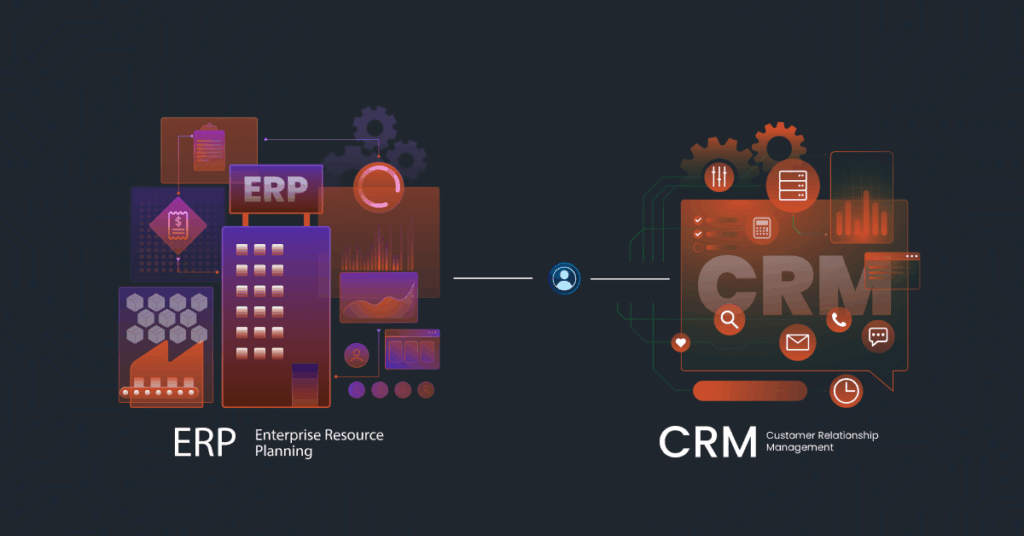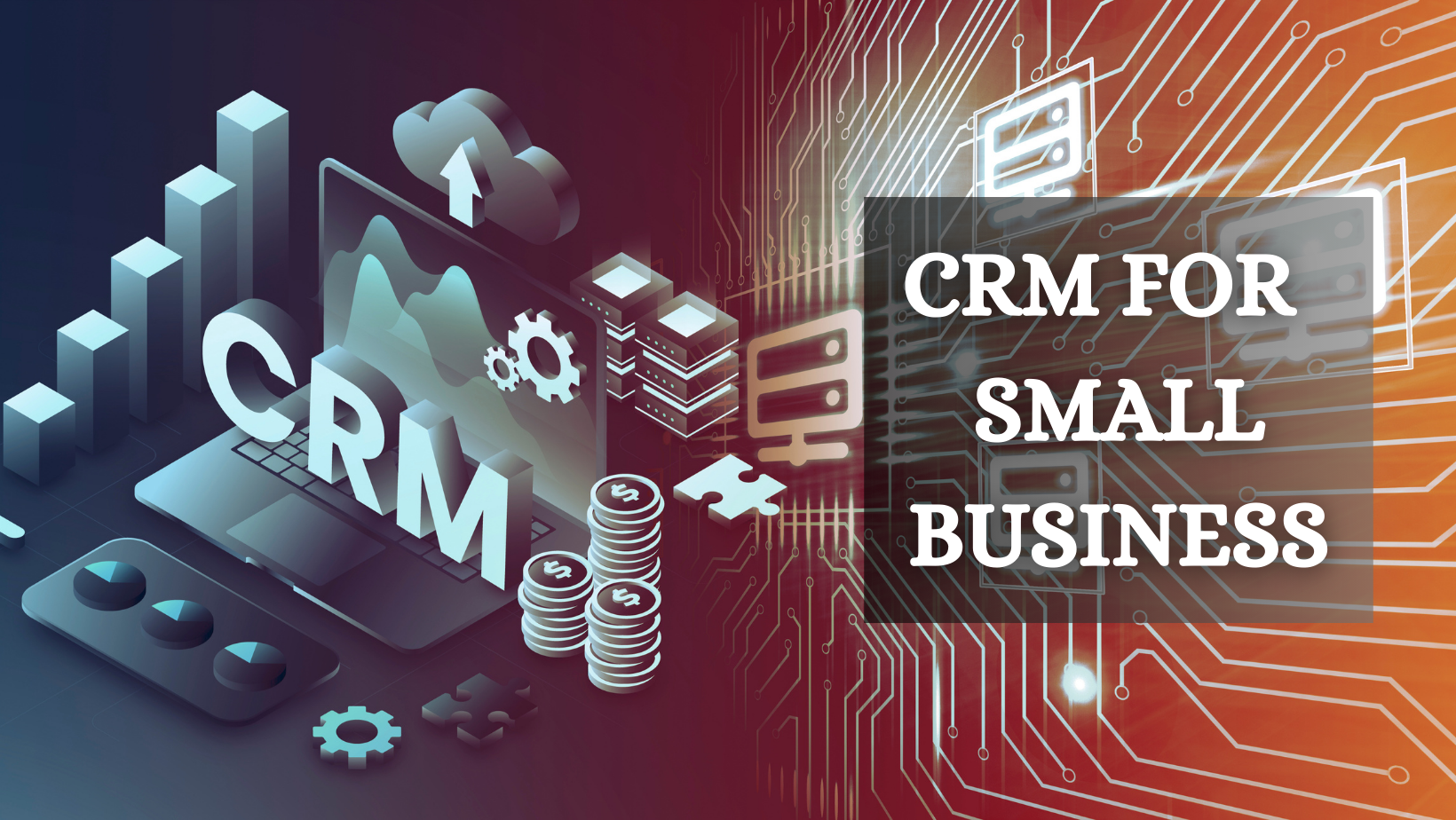
Seamless Synergy: Mastering CRM Integration with Pipefy for Streamlined Workflows
In today’s fast-paced business environment, efficiency and organization are paramount. Companies are constantly seeking ways to optimize their workflows, reduce manual tasks, and improve overall productivity. One of the most effective strategies for achieving this is through the integration of Customer Relationship Management (CRM) systems with workflow automation platforms like Pipefy. This article delves into the intricacies of CRM integration with Pipefy, exploring the benefits, implementation strategies, and real-world examples to help businesses harness the power of these combined technologies.
Understanding the Power of CRM and Pipefy
Before we delve into the integration process, it’s crucial to understand the individual strengths of CRM systems and Pipefy. CRM systems, such as Salesforce, HubSpot, and Zoho CRM, are designed to manage and analyze customer interactions and data throughout the customer lifecycle. They provide a centralized repository for customer information, enabling businesses to track leads, manage sales pipelines, provide customer support, and personalize marketing efforts. In essence, CRM systems are the backbone of customer-centric operations.
Pipefy, on the other hand, is a workflow automation platform. It empowers teams to design, automate, and optimize their workflows without the need for extensive coding or technical expertise. Pipefy allows users to create custom workflows for various business processes, such as onboarding, procurement, and project management. By automating repetitive tasks, Pipefy frees up employees to focus on more strategic and value-added activities.
The true power lies in combining these two platforms. CRM integration with Pipefy allows businesses to connect customer data with their internal workflows, creating a seamless flow of information and automating processes that span both customer-facing and internal operations. This integration can lead to significant improvements in efficiency, accuracy, and customer satisfaction.
Benefits of CRM Integration with Pipefy
The advantages of integrating CRM with Pipefy are numerous and far-reaching. Here are some of the key benefits:
- Enhanced Data Accuracy: By automating the transfer of data between CRM and Pipefy, you can minimize manual data entry and reduce the risk of human error. This ensures that all your teams have access to the most up-to-date and accurate information.
- Improved Efficiency: Automating tasks such as lead qualification, opportunity creation, and task assignments can significantly reduce the time spent on manual processes. This allows your sales and marketing teams to focus on higher-value activities like building relationships and closing deals.
- Streamlined Workflows: CRM integration with Pipefy enables you to create end-to-end workflows that span both customer-facing and internal operations. This ensures that all stakeholders are aligned and that processes are completed efficiently.
- Increased Visibility: By connecting CRM data with Pipefy workflows, you gain a comprehensive view of your customer interactions and internal processes. This allows you to identify bottlenecks, track progress, and make data-driven decisions.
- Better Customer Experience: By automating processes and ensuring that customer data is readily available, you can provide a more personalized and responsive customer experience. This can lead to increased customer satisfaction and loyalty.
- Reduced Costs: Automating tasks and streamlining workflows can reduce labor costs and improve resource utilization. This can lead to significant cost savings over time.
- Improved Collaboration: Integration facilitates better communication and collaboration between sales, marketing, and operations teams by providing a shared view of customer data and workflow progress.
Key Considerations Before Integrating CRM with Pipefy
Before embarking on the integration process, it’s essential to consider several factors to ensure a successful implementation:
- Define Your Goals: Clearly define your objectives for integrating CRM with Pipefy. What specific processes do you want to automate? What improvements are you hoping to achieve? Having clear goals will guide your implementation strategy.
- Choose the Right CRM and Pipefy Plan: Ensure that your CRM and Pipefy plans support the level of integration you require. Some plans may have limitations on the number of integrations or the features available.
- Identify Your Data Needs: Determine which data points need to be transferred between CRM and Pipefy. This will help you map the data fields and configure the integration correctly.
- Map Your Workflows: Carefully map out your existing workflows and identify the points where integration is needed. This will help you design the automated processes in Pipefy.
- Assess Your Technical Capabilities: Evaluate your team’s technical skills and resources. Do you have the in-house expertise to handle the integration, or will you need to hire a consultant?
- Plan for Testing and Training: Thoroughly test the integration before launching it to ensure that it works correctly. Provide training to your team members on how to use the integrated system.
- Consider Security: Implement security measures to protect sensitive customer data. This may include encryption, access controls, and regular security audits.
Step-by-Step Guide to CRM Integration with Pipefy
The specific steps for integrating CRM with Pipefy will vary depending on the CRM system you are using. However, the general process typically involves the following steps:
- Choose an Integration Method: There are several ways to integrate CRM with Pipefy, including:
- Native Integrations: Some CRM systems and Pipefy offer native integrations that can be set up with minimal technical expertise.
- API Integrations: You can use APIs (Application Programming Interfaces) to connect CRM and Pipefy. This method offers more flexibility but requires technical knowledge.
- Third-Party Integration Platforms: Platforms like Zapier, Make (formerly Integromat), and Tray.io provide pre-built connectors and automation tools that simplify the integration process.
- Connect Your Accounts: Connect your CRM and Pipefy accounts using your chosen integration method. This may involve entering your login credentials and authorizing the connection.
- Map Your Data Fields: Map the data fields between your CRM and Pipefy. This tells the integration how to transfer data between the two systems. For example, you might map the “Lead Name” field in your CRM to the “Lead Name” field in your Pipefy workflow.
- Configure Your Workflows: Design your automated workflows in Pipefy, incorporating the data from your CRM. For example, you might create a workflow that automatically creates a task in Pipefy when a new lead is created in your CRM.
- Test the Integration: Thoroughly test the integration to ensure that data is transferred correctly and that your workflows are functioning as expected.
- Activate the Integration: Once you’re satisfied with the testing results, activate the integration and begin using the integrated system.
- Monitor and Optimize: Regularly monitor the integration to ensure that it’s functioning correctly. Make adjustments as needed to optimize performance and improve your workflows.
Real-World Examples of CRM Integration with Pipefy
To illustrate the power of CRM integration with Pipefy, let’s look at some real-world examples:
- Sales Lead Qualification: When a new lead is created in your CRM, the integration automatically triggers a workflow in Pipefy to qualify the lead. This workflow might involve assigning the lead to a sales representative, sending an automated email, and scheduling a follow-up call.
- Opportunity Management: When a sales opportunity is created in your CRM, the integration can automatically create a corresponding card in a Pipefy workflow for managing the opportunity. This workflow might track the progress of the opportunity, assign tasks to team members, and send automated notifications.
- Customer Onboarding: When a new customer is created in your CRM, the integration can trigger a workflow in Pipefy to onboard the customer. This workflow might involve creating a welcome email, assigning a customer success manager, and setting up the customer’s account.
- Customer Support Ticket Management: When a customer submits a support ticket in your CRM, the integration can automatically create a card in a Pipefy workflow for managing the ticket. This workflow might involve assigning the ticket to a support agent, tracking the progress of the ticket, and sending automated updates to the customer.
- Invoice Processing: Upon a deal being won in your CRM, Pipefy can automatically initiate an invoice generation process. This could involve pulling the relevant customer and product data from the CRM, populating an invoice template within Pipefy, and routing it for approval.
Choosing the Right CRM and Pipefy Integration Tools
The choice of integration tools depends on your specific needs and technical capabilities. Here are some popular options:
- Zapier: A popular integration platform that connects thousands of apps, including many CRMs and Pipefy. It offers a user-friendly interface and pre-built connectors, making it easy to set up integrations without coding.
- Make (formerly Integromat): Another powerful integration platform that offers a more advanced set of features than Zapier, including more complex workflow automation and data transformation capabilities.
- Tray.io: A more sophisticated integration platform that is designed for enterprise-level integrations. It offers advanced features like custom connectors and API integrations.
- Native Integrations: Check if your CRM and Pipefy offer native integrations. These integrations are often the easiest to set up and maintain.
- API Integrations: If you have the technical expertise, you can use the APIs of your CRM and Pipefy to build custom integrations. This offers the most flexibility but requires coding skills.
Troubleshooting Common CRM Integration Issues
Even with careful planning, you may encounter some issues during the CRM integration process. Here are some common problems and how to troubleshoot them:
- Data Mapping Errors: Ensure that you have correctly mapped the data fields between your CRM and Pipefy. Double-check that the data types and formats are compatible.
- Workflow Errors: Review your Pipefy workflows to ensure that they are configured correctly. Check for any errors in the triggers, actions, and conditions.
- Connectivity Issues: Verify that your CRM and Pipefy accounts are connected and that the integration platform has the necessary permissions.
- Data Synchronization Delays: If you are experiencing delays in data synchronization, check the integration platform’s settings and ensure that the synchronization frequency is set appropriately.
- API Rate Limits: Be aware of the API rate limits of your CRM and Pipefy. If you exceed the rate limits, the integration may be temporarily disabled.
- Authentication Issues: Ensure that the authentication credentials for your CRM and Pipefy accounts are correct and up-to-date.
Best Practices for Successful CRM Integration with Pipefy
To maximize the benefits of CRM integration with Pipefy, follow these best practices:
- Start Small: Begin with a small, well-defined integration project. This will allow you to test the process and identify any potential issues before scaling up.
- Document Everything: Document your integration setup, including the data mappings, workflow configurations, and troubleshooting steps. This will make it easier to maintain and update the integration over time.
- Monitor Your Integration: Regularly monitor the performance of your integration and make adjustments as needed.
- Train Your Team: Provide training to your team members on how to use the integrated system.
- Stay Updated: Keep your CRM, Pipefy, and integration platform up to date with the latest versions and features.
- Regularly Review and Optimize: Periodically review your integrated workflows to identify opportunities for optimization and improvement.
- Prioritize Data Security: Always prioritize the security of your customer data. Implement appropriate security measures, such as encryption and access controls.
The Future of CRM and Workflow Automation
The integration of CRM systems and workflow automation platforms like Pipefy is a rapidly evolving area. As technology advances, we can expect to see even more sophisticated integrations and automation capabilities. Artificial intelligence (AI) and machine learning (ML) are poised to play a significant role in this evolution. For example, AI could be used to automate more complex tasks, personalize customer interactions, and predict customer behavior. ML could be used to analyze data and identify opportunities for process improvement.
The trend towards low-code/no-code platforms will also continue to grow, making it easier for businesses to build and customize their own integrations and workflows without the need for extensive coding expertise. This will empower business users to take control of their own processes and drive innovation. The convergence of CRM and workflow automation will continue to revolutionize how businesses operate, providing unprecedented levels of efficiency, productivity, and customer satisfaction.
Conclusion: Unleashing the Power of Integration
CRM integration with Pipefy offers a powerful way to streamline workflows, improve efficiency, and enhance the customer experience. By carefully planning your integration strategy, choosing the right tools, and following best practices, you can unlock the full potential of these combined technologies. As businesses continue to seek ways to optimize their operations and stay ahead of the competition, the integration of CRM and workflow automation platforms will become increasingly essential. Embrace the synergy, and watch your business thrive.

